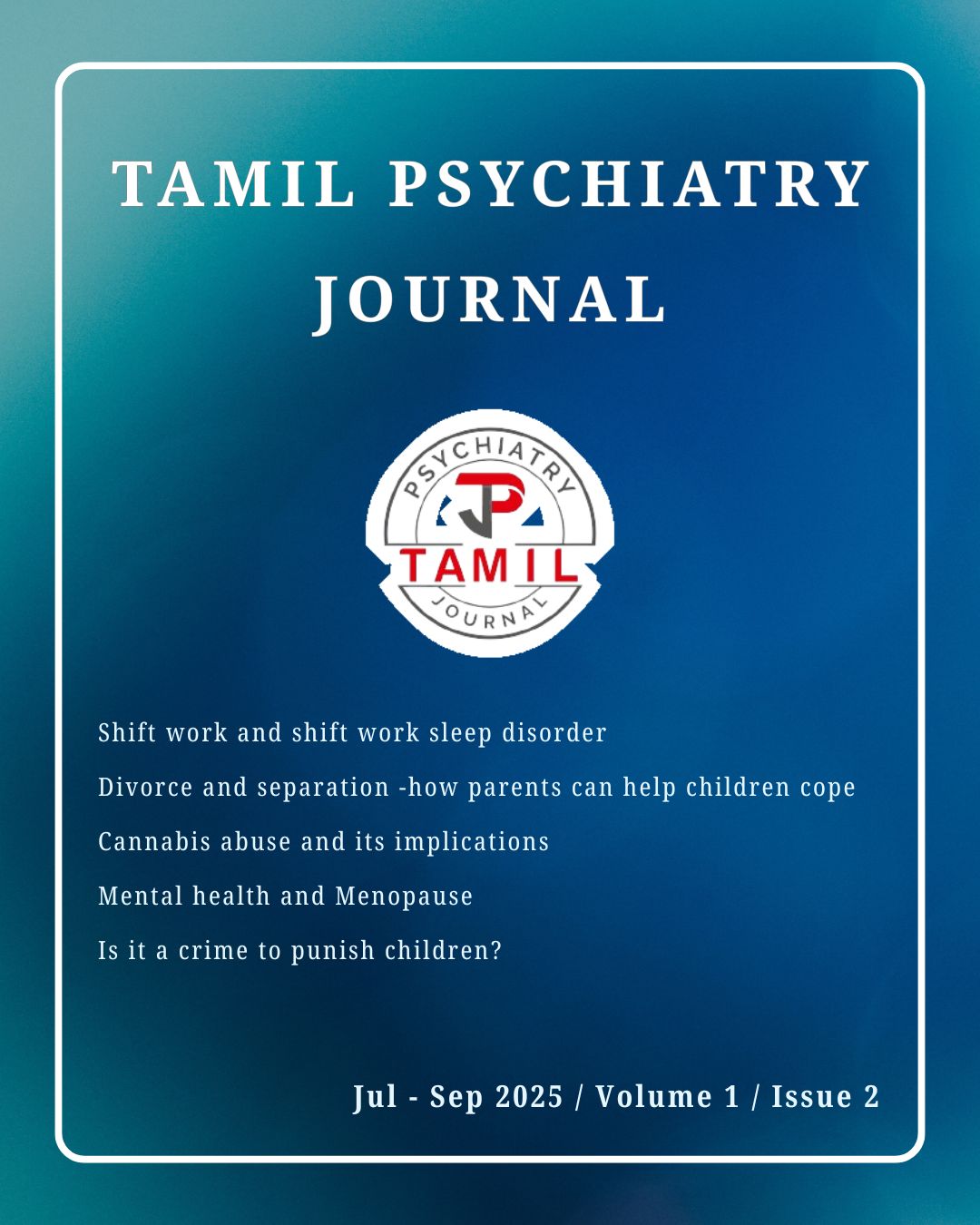Temporal Lobe Epilepsy
Background, aetiology and clinical presentation of TLE
Keywords:
temporal lobe epilepsy, aura, epilepsy, seizures, temporal lobe functions, temporal lobe epilepsy causes, temporal lobe epilepsy management, temporal lobe epilepsy- signs and symptoms, temporal lobe epilepsy and dissociative disorder, டெம்போரல் லோப் வலிப்பு, டெம்போரல் லோப் செயல்பாடுகள், டெம்போரல் லோப் வலிப்புக்கான காரணங்கள், டெம்போரல் லோப் வலிப்பு மேலாண்மை, டெம்போரல் லோப் வலிப்பின் அறிகுறிகள்Abstract
The area on the both sides of the brain is called the Temporal Lobe. This Temporal Lobe contains many important areas of neural control such as Wernicke Area, Broca’s Area, Limbic Area, Hippocampus and Amygdala. These control many important functions of the body - hearing, seeing, recognizing faces, reasoning, language and controlling emotions. Therefore, damage to this area can affect many different functions. The seizure that arises from this Temporal Lobe is called Temporal Lobe Epilepsy. It is already known that unnecessary electrical impulses in the neurons of the brain can cause seizures. These electrical impulses can occur from any part of the brain and result in seizures. However, the majority of seizures occur from the Temporal Lobe. Studies indicate that one in three seizures originate from the Temporal Lobe. This article discusses in detail the causes of temporal lobe epilepsy, its stages- aura, actual seizure and post-ictal state and the clinical presentation in each stage. It also discusses the diagnostic criteria and management strategies for the same.

